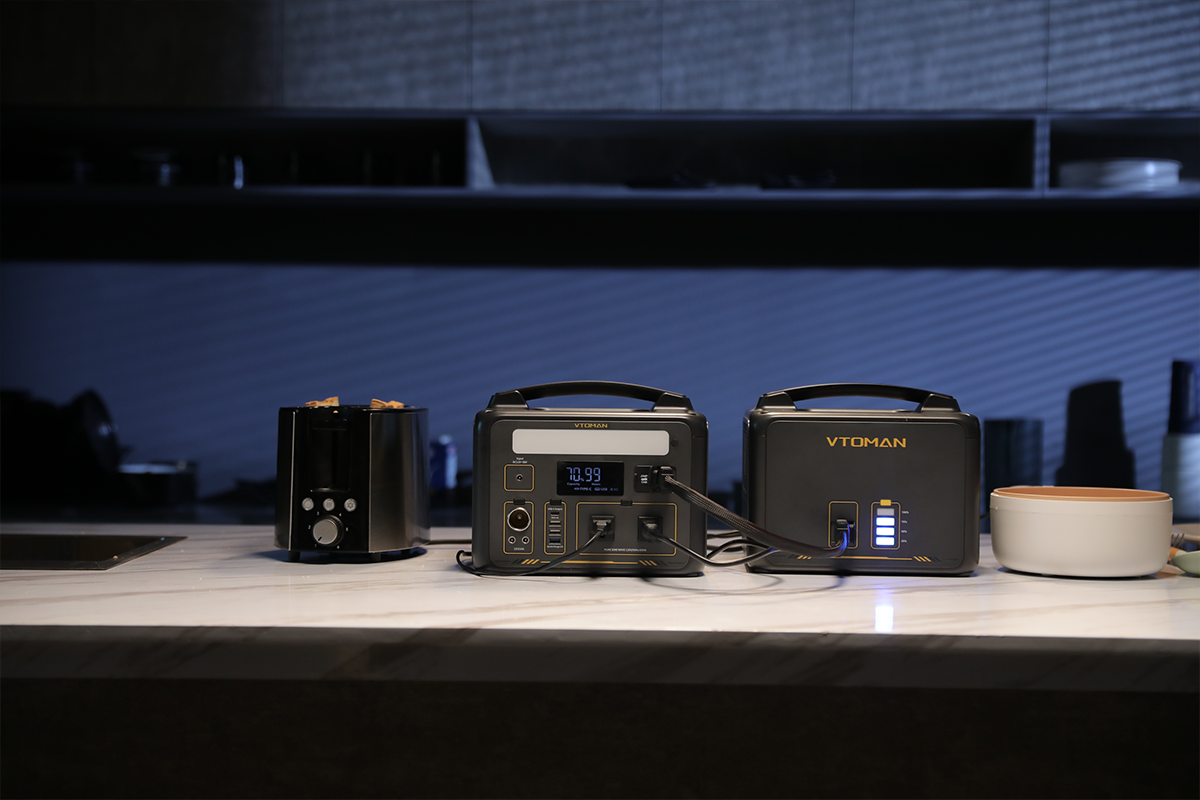Are you interested in harnessing the power of the sun to generate electricity? Building your own solar generator can be a rewarding and cost-effective way to meet your energy needs. In this ultimate guide, we will provide you with step-by-step instructions on how to build your own solar generator, allowing you to take control of your energy consumption and reduce your carbon footprint.

Understanding Solar Power
Before we dive into the construction process, it's important to understand the basics of solar power. Solar power is the conversion of sunlight into electricity using photovoltaic (PV) cells. These cells are made up of semiconductor materials that absorb photons from the sun and release electrons, generating an electric current. The more sunlight that hits the cells, the more electricity they produce.
When building your own solar generator, you will need to consider the following components:
- Solar panels: These are the main component of your solar generator, responsible for converting sunlight into electricity.
- Battery: The battery stores the electricity generated by the solar panels for later use.
- Inverter: The inverter converts the direct current (DC) electricity produced by the solar panels into alternating current (AC) electricity that can be used to power your appliances.
- Charge controller: The charge controller regulates the flow of electricity between the solar panels and the battery, preventing overcharging or discharging.
Step 1: Calculating Your Energy Needs
The first step in building your own solar generator is to determine your energy needs. This will help you determine the size and number of solar panels and batteries you will need. Start by making a list of all the appliances and devices you plan to power with your solar generator, along with their power ratings in watts. Add up the total wattage to get an estimate of your daily energy consumption.
For example, if you plan to power a refrigerator (150 watts), a laptop (50 watts), and a few LED lights (10 watts each), your total daily energy consumption might be around 250 watts.
Step 2: Sizing Your Solar Panels and Batteries
Once you have determined your energy needs, you can calculate the size and number of solar panels and batteries required. Solar panels are typically rated in watts, and batteries are rated in ampere-hours (Ah).
To determine the size of your solar panels, divide your daily energy consumption by the number of peak sun hours in your location. Peak sun hours refer to the number of hours per day when the sun's intensity is strong enough to generate electricity efficiently. You can find this information for your location from reputable sources such as the National Renewable Energy Laboratory (NREL).
For example, if your daily energy consumption is 250 watts and your location has an average of 5 peak sun hours, you would need a total solar panel capacity of 50 watts (250 watts / 5 hours).
Step 3: Assembling Your Solar Generator
Now that you have determined the size of your solar panels and batteries, it's time to assemble your solar generator. Start by mounting the solar panels in a location that receives maximum sunlight exposure, such as your roof or a sunny area in your yard. Connect the solar panels to the charge controller, and then connect the charge controller to the battery. Finally, connect the battery to the inverter, which will convert the DC electricity from the battery into AC electricity.
Make sure to follow the manufacturer's instructions and safety guidelines when assembling your solar generator. It's also a good idea to consult a professional electrician if you are unsure about any aspect of the installation process.
Conclusion
Building your own solar generator can be a rewarding and empowering experience. Not only will you be able to generate clean and renewable energy, but you will also have the satisfaction of knowing that you are reducing your carbon footprint and saving money on your energy bills. By following the step-by-step instructions in this ultimate guide, you will be well on your way to harnessing the power of the sun and enjoying the benefits of solar energy.








